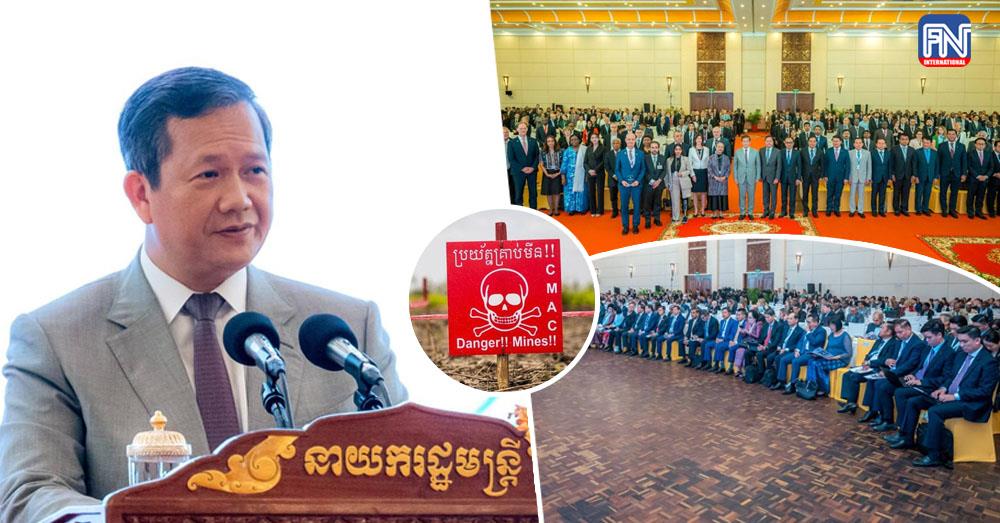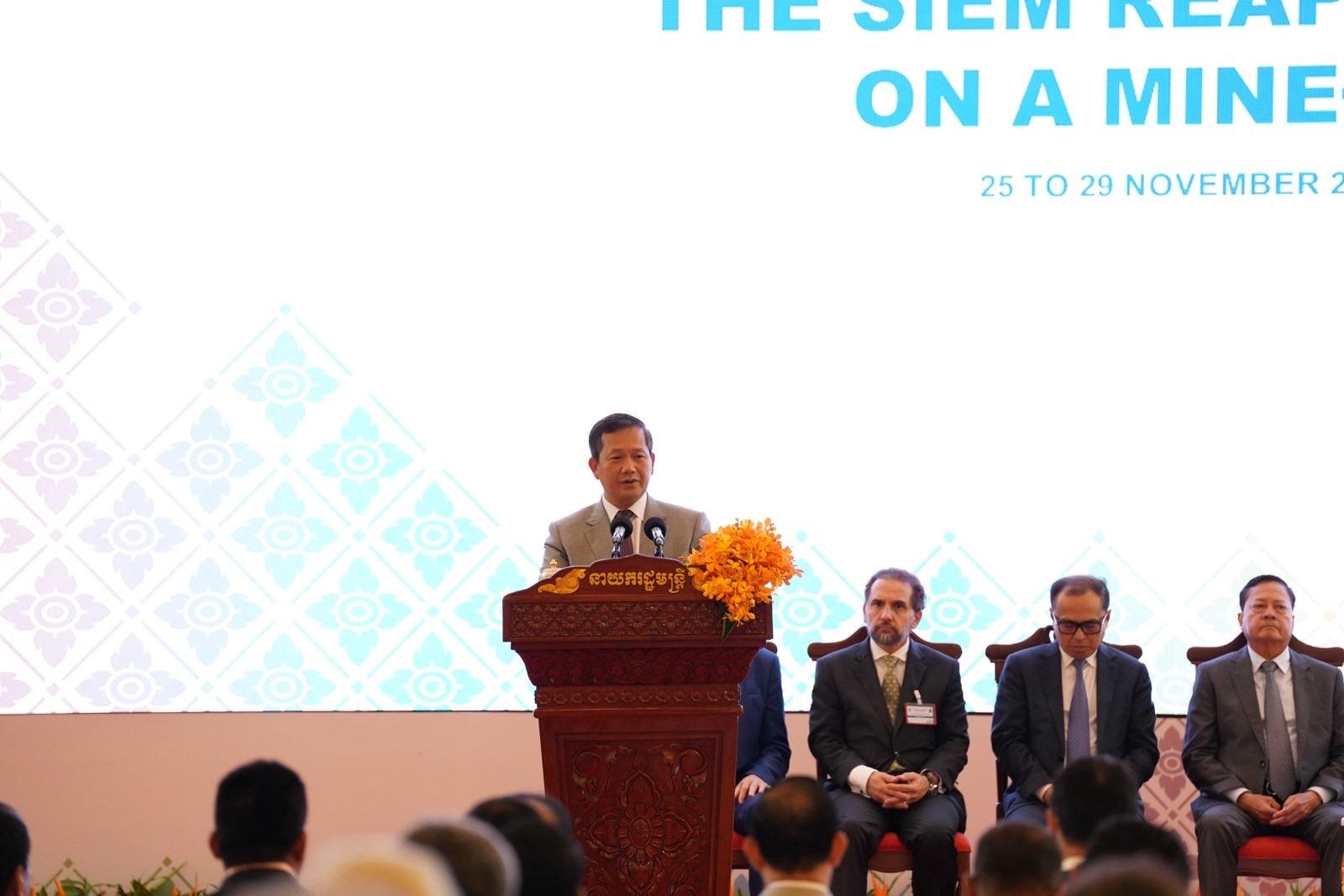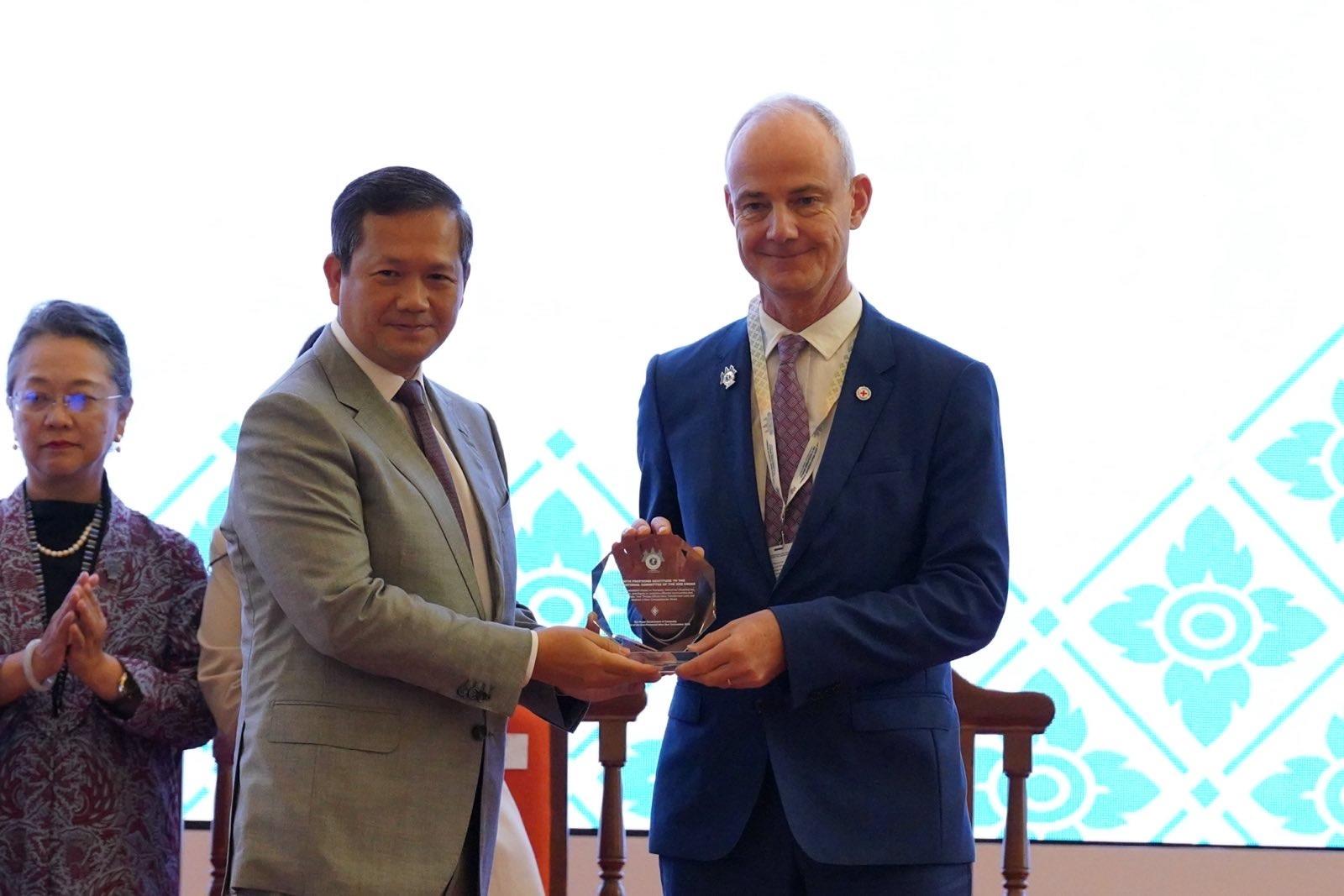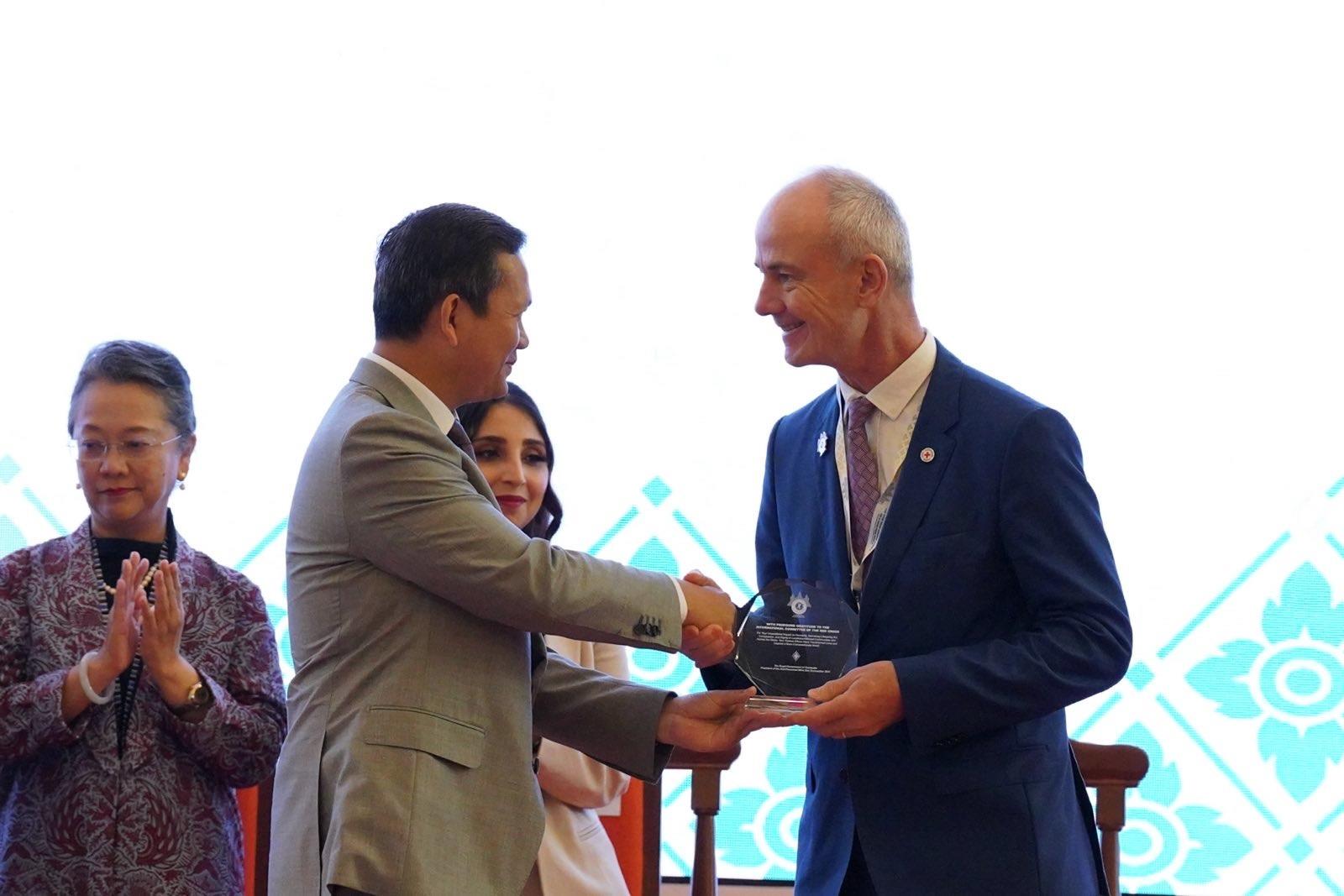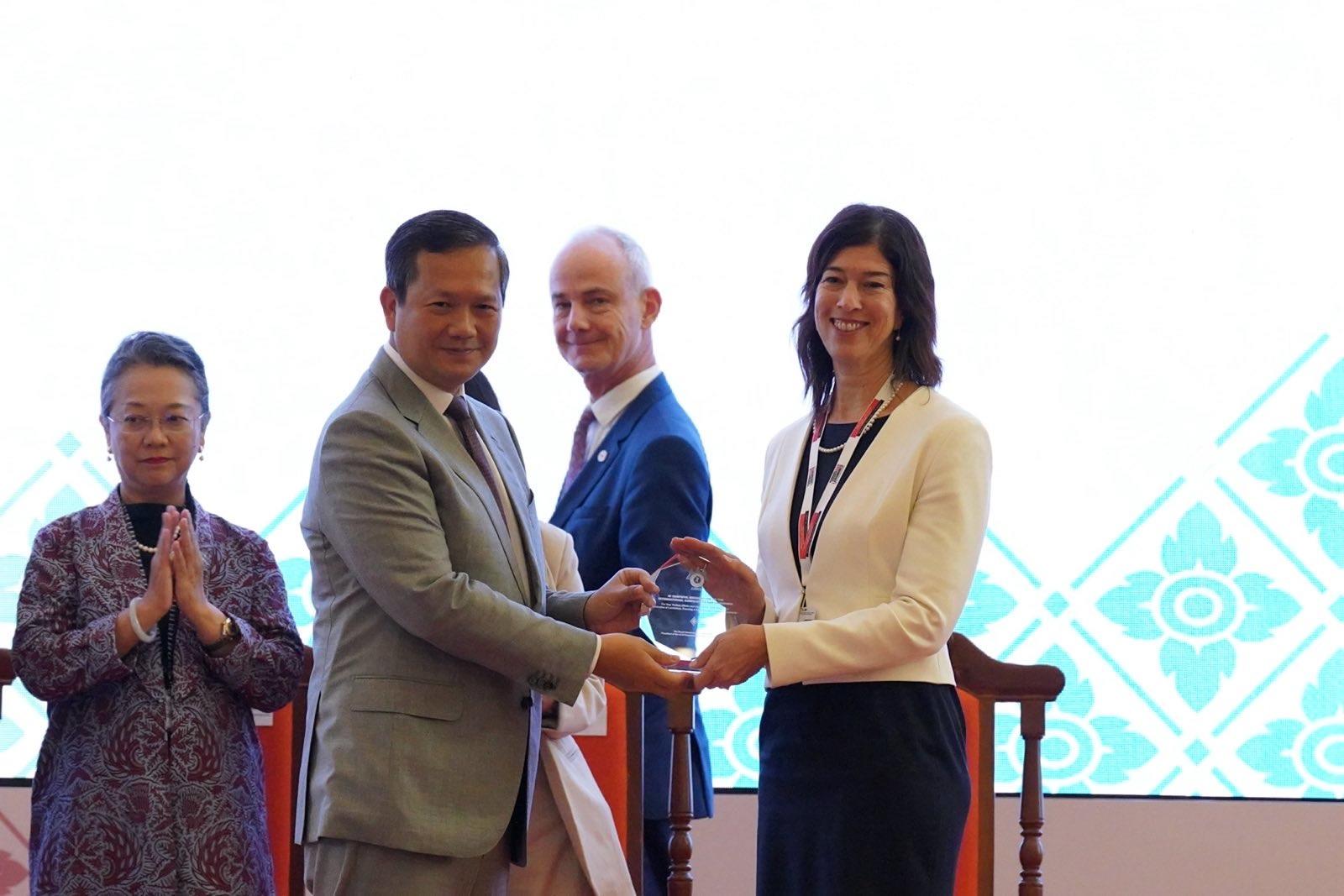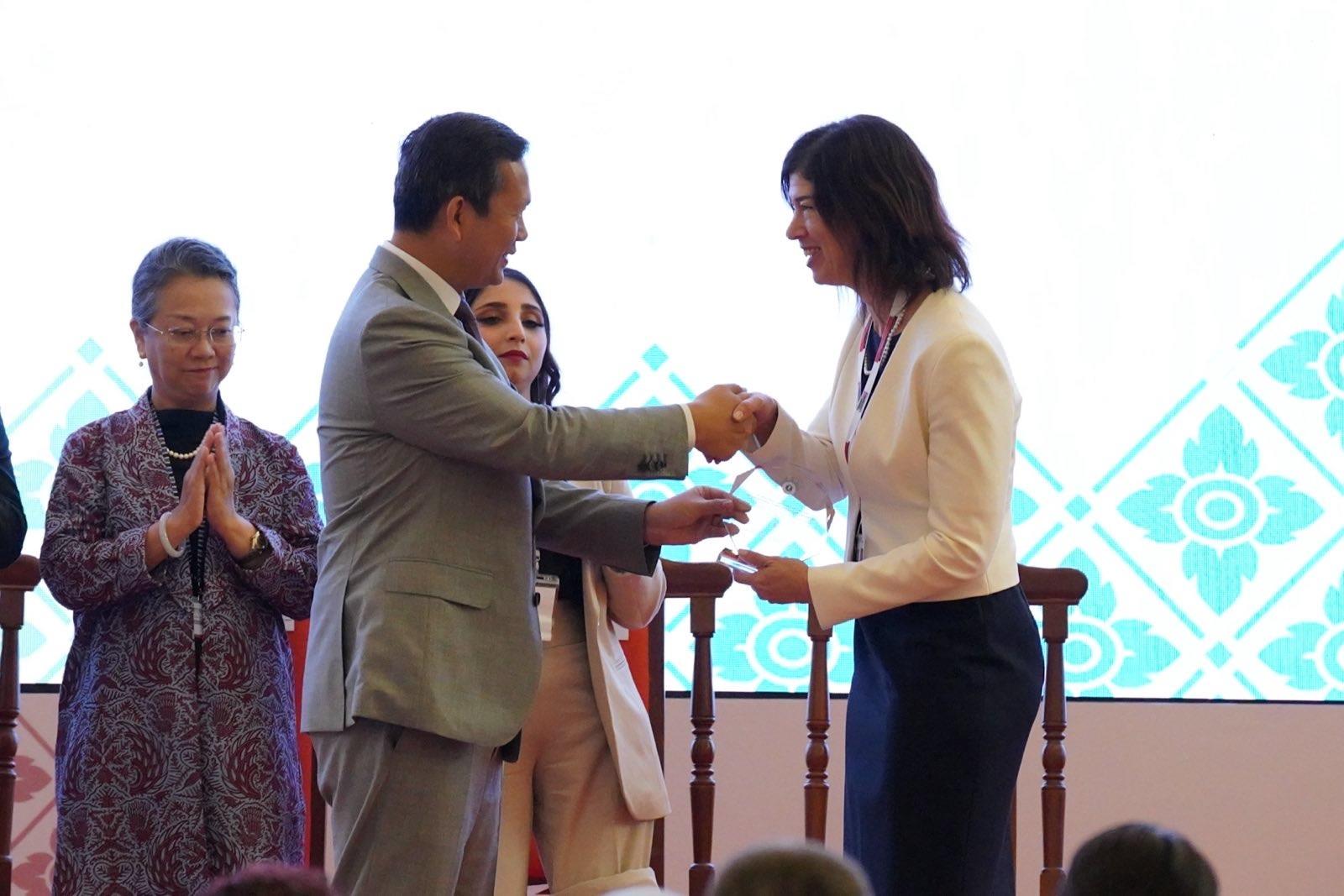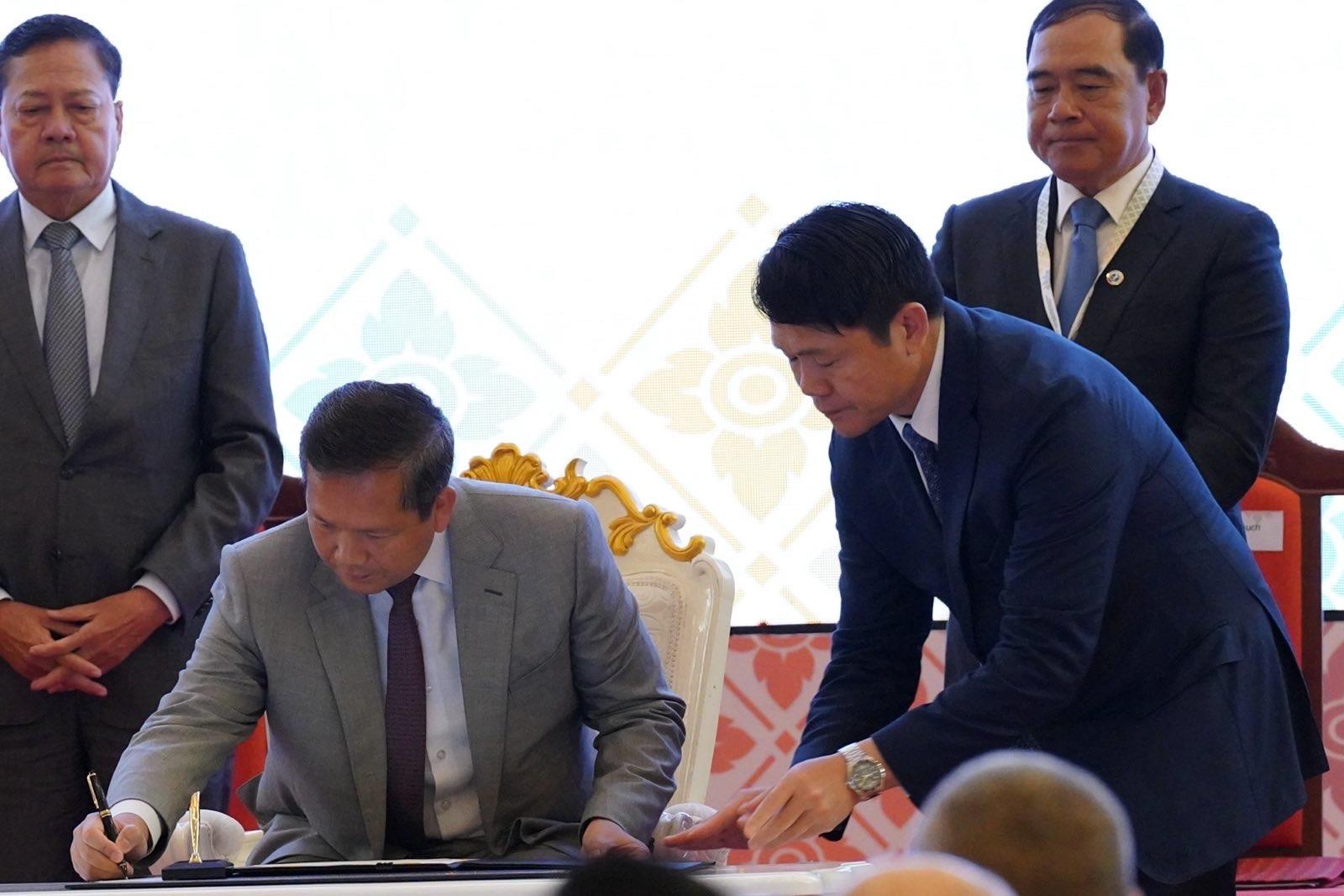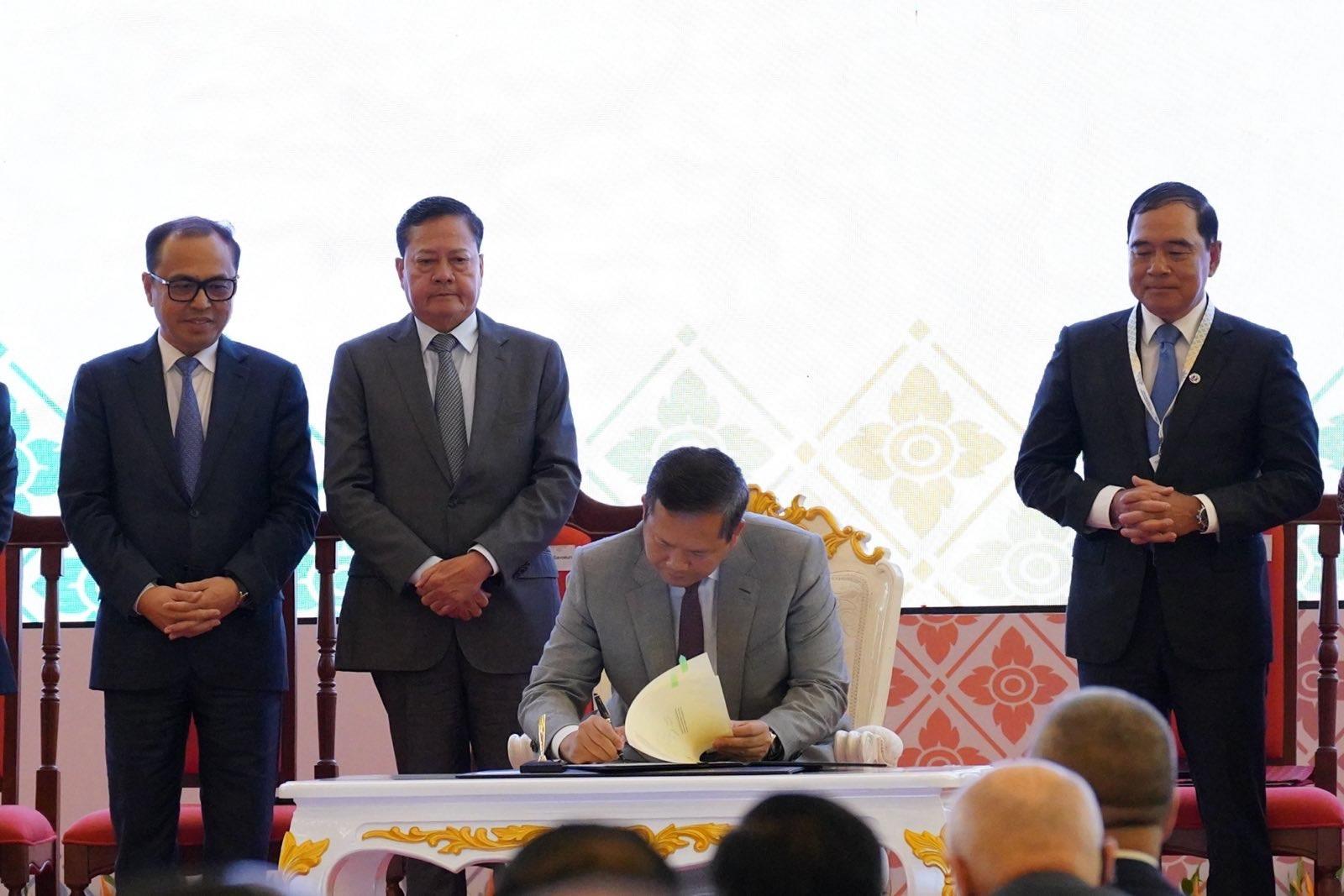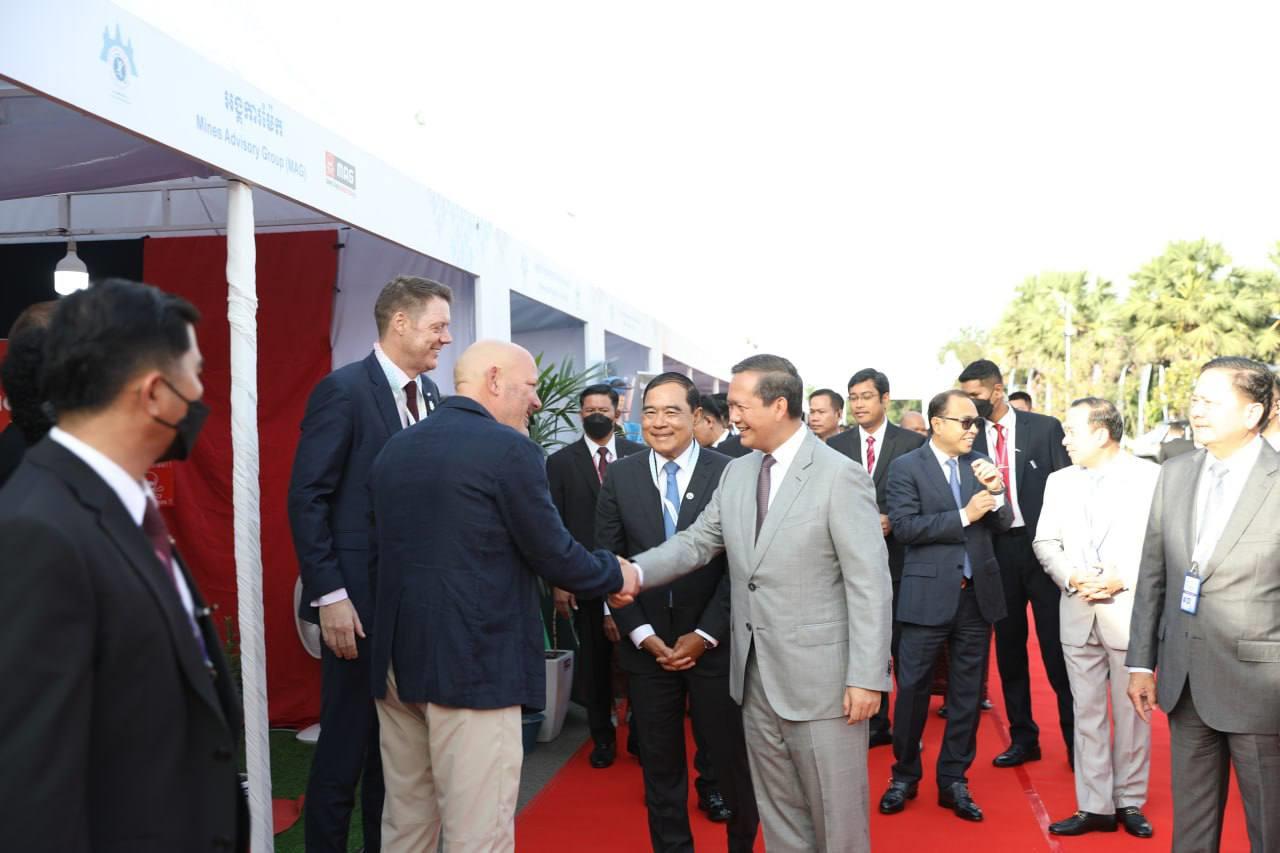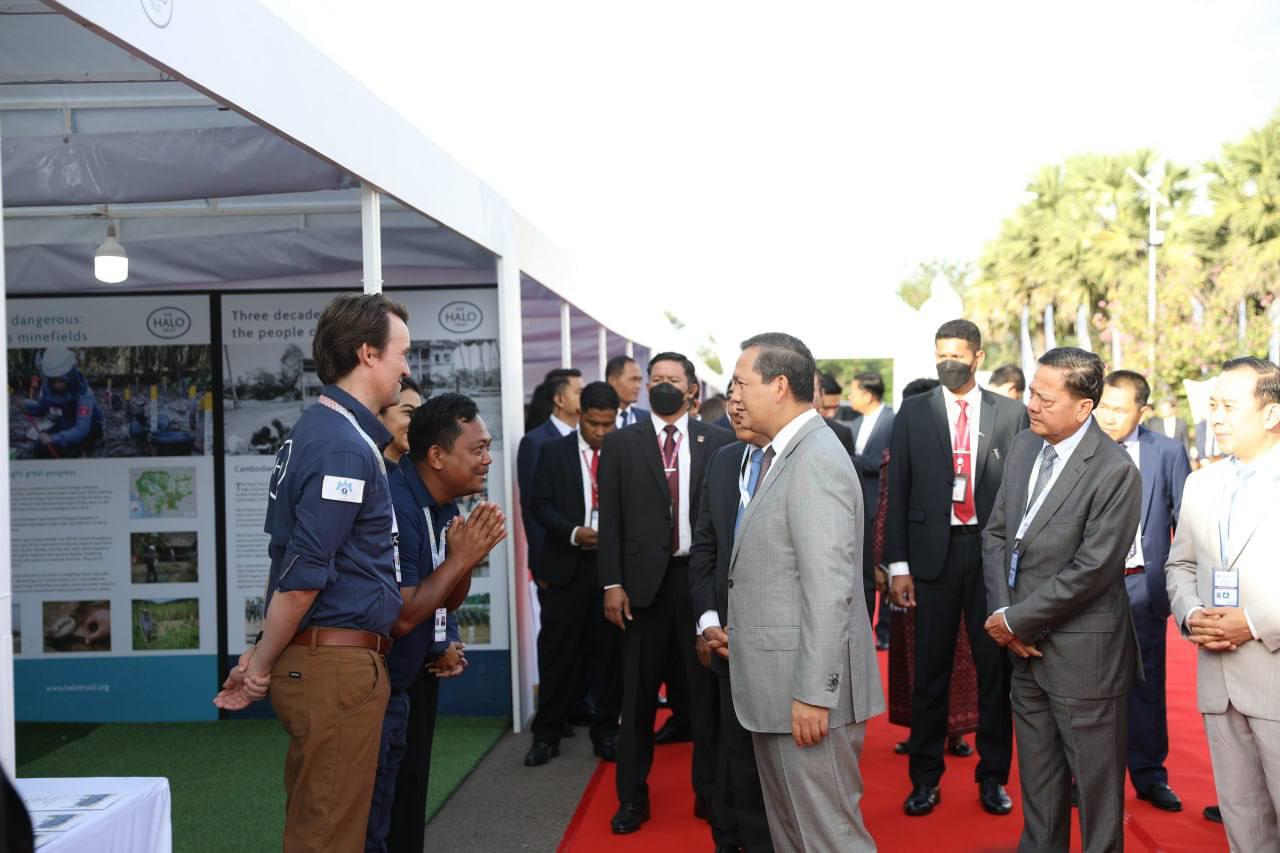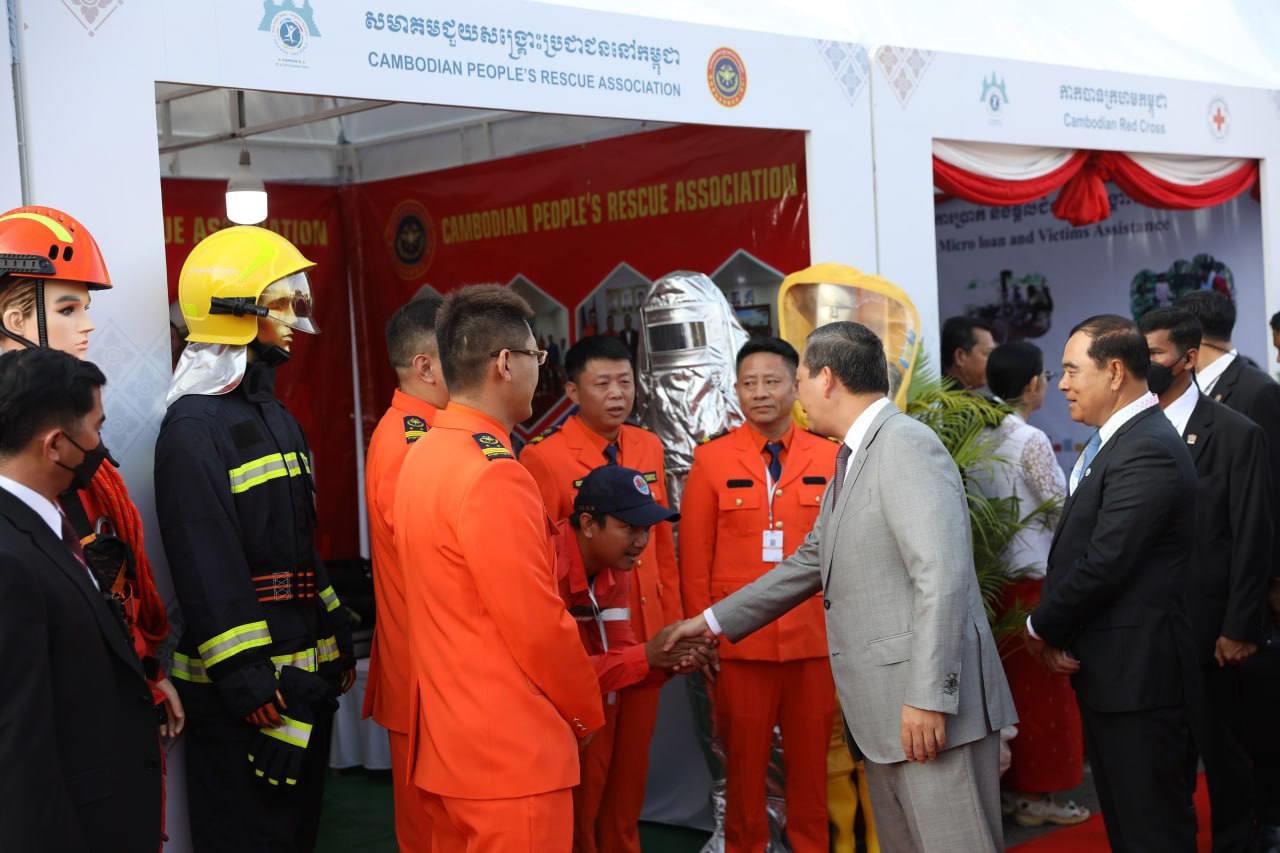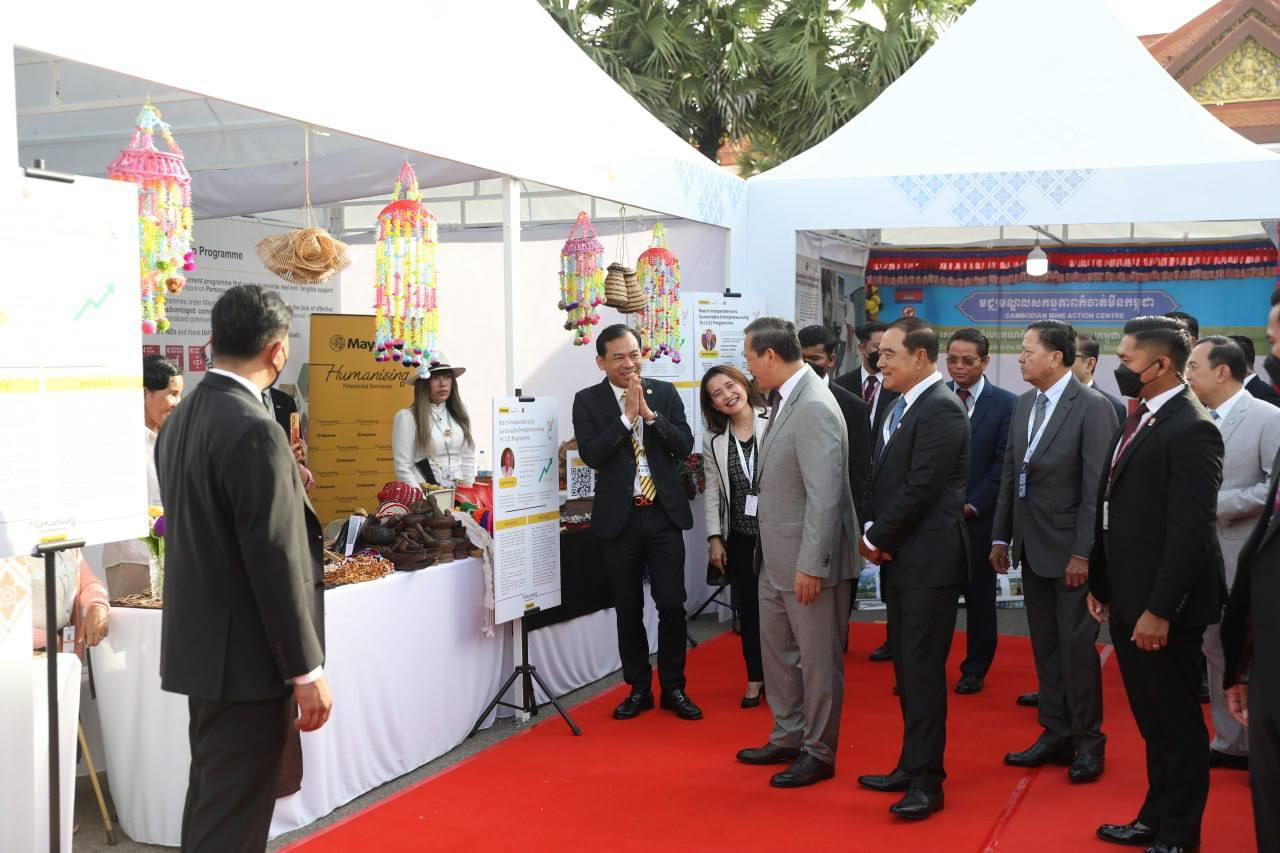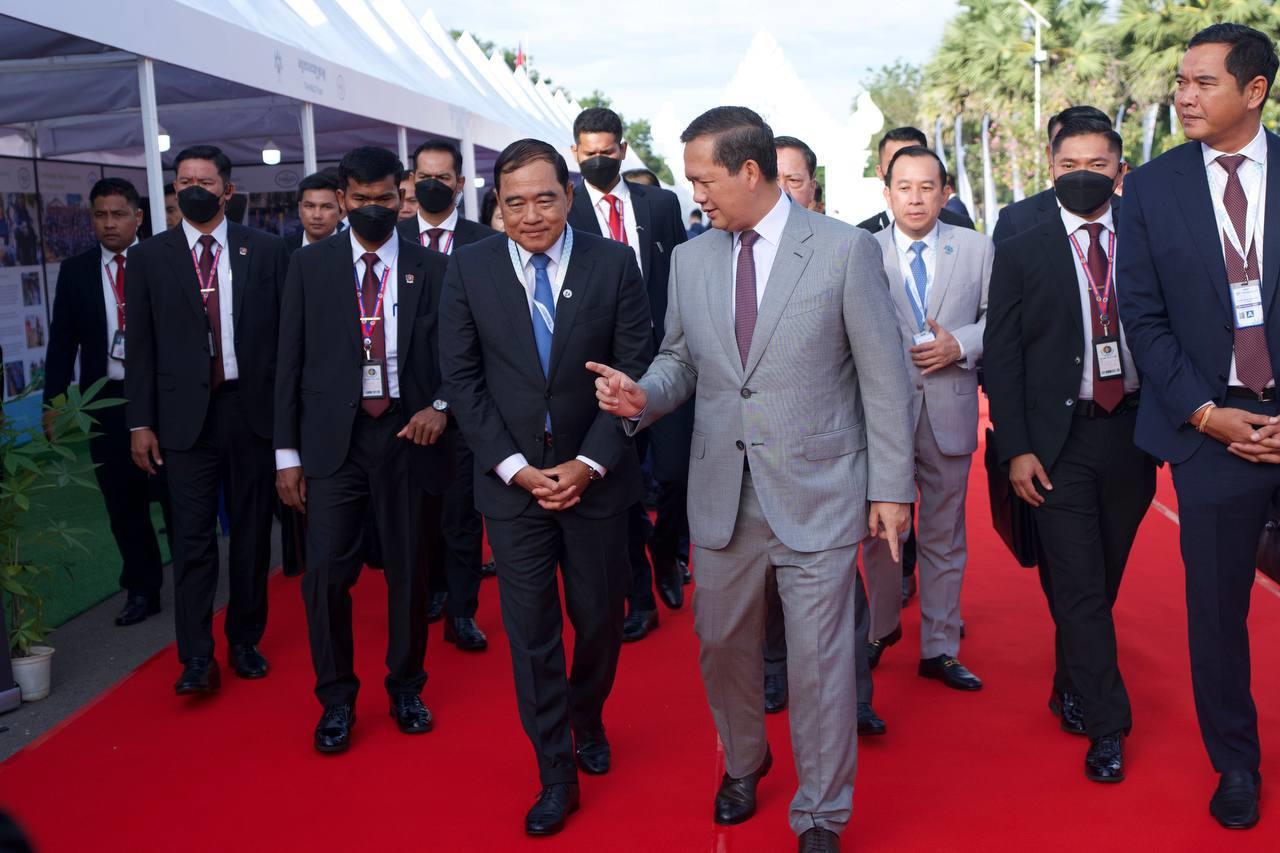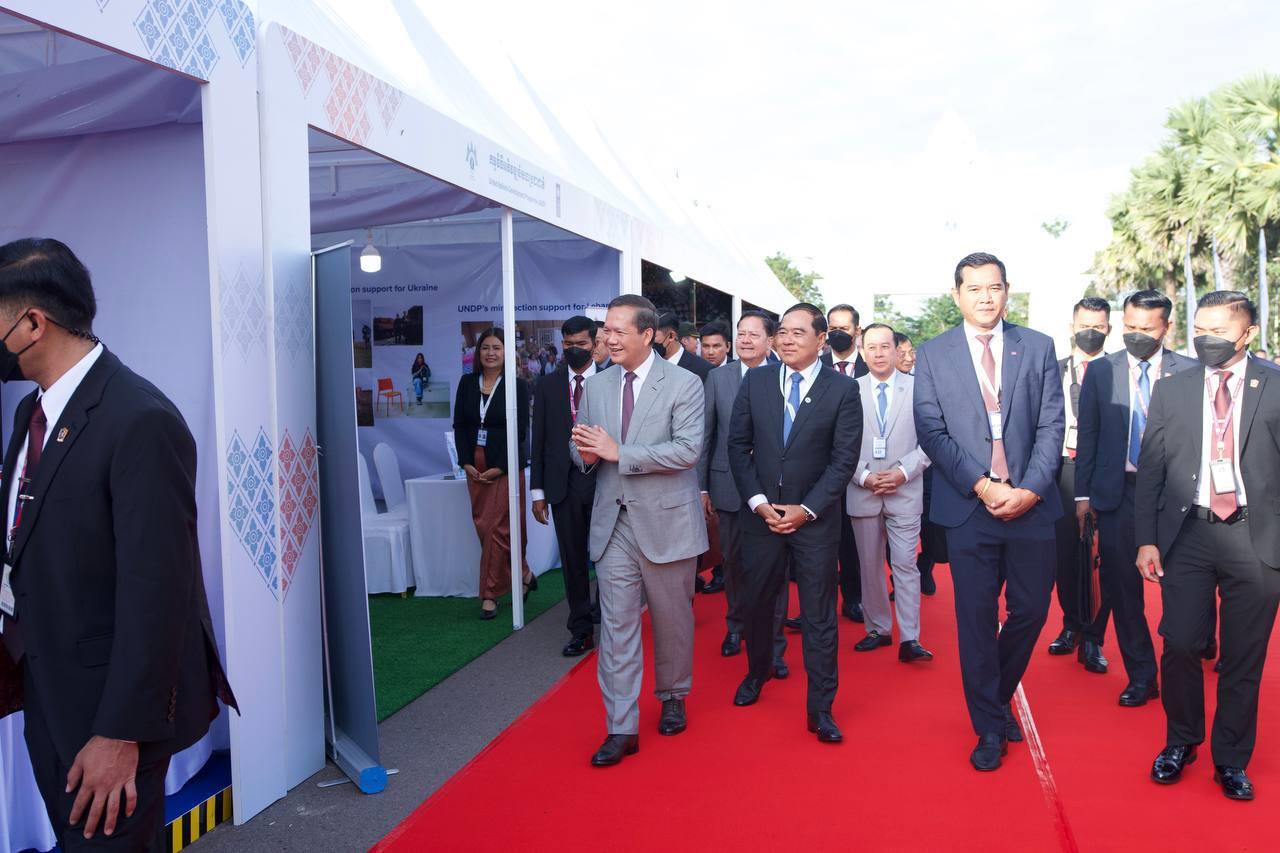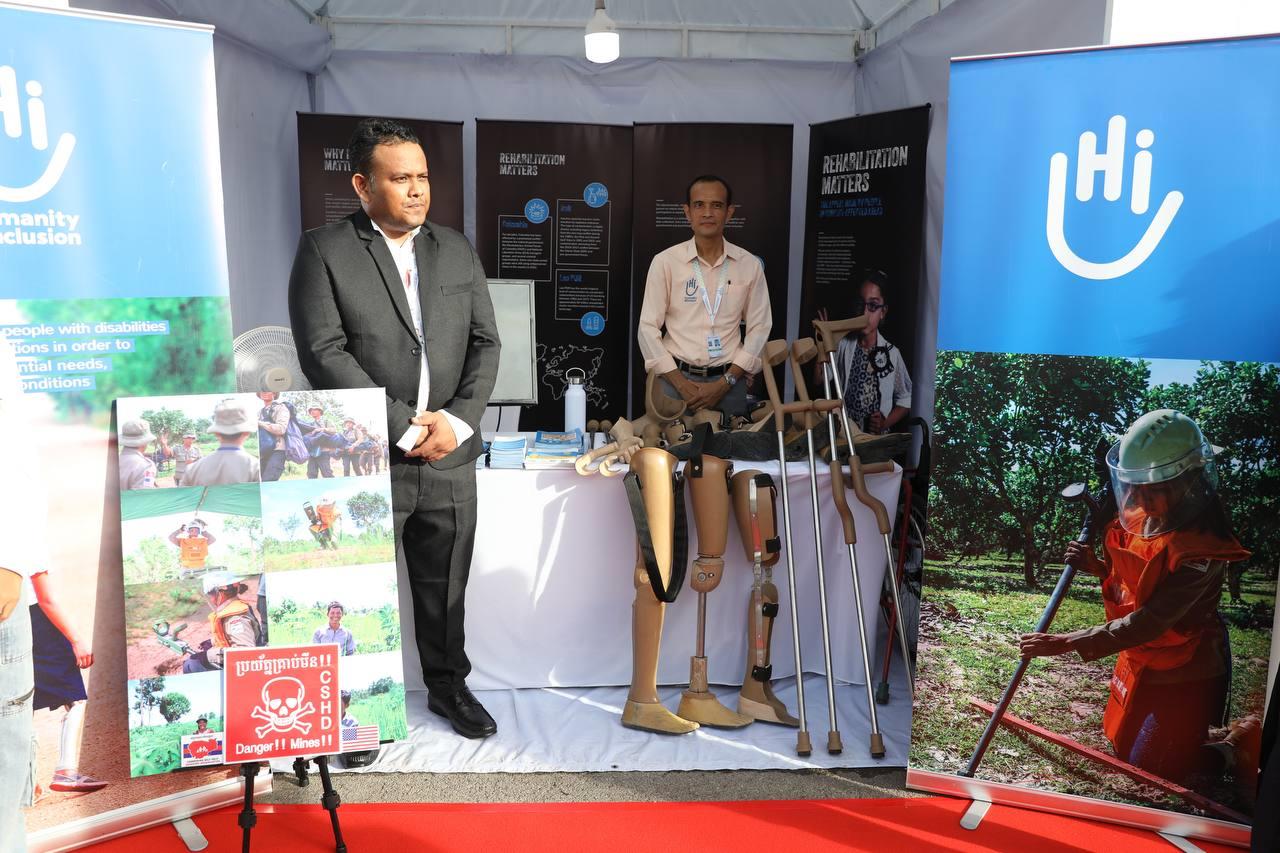Siem Reap (FN), Nov. 25 – Cambodian Prime Minister stated that to date, Cambodian officials have destroyed more than one million anti-personnel mines and three million explosive remnants of war, clearing over 3,000 square kilometres of land. This effort has transformed 15 out of Cambodia's 25 provinces and municipalities into mine-free zones, while the number of casualties has dropped from an average of more than 4,300 per year in 1996 to fewer than 100 per year over the past decade.
The premier spoke on Monday (Nov. 25) during the opening of the Siem Reap-Angkor Summit on a Mine-Free World in Siem Reap province.
Samdech Thipadei Hun Manet underlined that the impact of war on the mind and spirit is just as significant as its physical toll. Living in a landmine-contaminated environment has made it difficult for many Cambodians to fully embrace peace and envision a brighter future. The scars left by landmines—both physical and psychological—serve as daily reminders of the horrors of the past.
Samdech Thipadei Hun Manet stated that Cambodia's remarkable progress in demining efforts would not have been possible without the support of the international community. Through partnerships with countries and donor organisations providing financial, technical, and other forms of assistance, Cambodia has taken significant steps towards achieving its goal of a landmine-free future.
Samdech Thipadei continued, alongside demining efforts, the assistance for victim initiative, coordinated by the Cambodian Mine Action and Victim Assistance Authority (CMAA), has provided rehabilitation, reintegration, and advocacy for survivors. This includes risk education to prevent further harm.
At the same time, Samdech Thipadei confirmed that significant achievements have been made. Cambodia's economy, which grew at an average rate of around seven per cent per year before the COVID19 pandemic, has expanded into demined areas. Land that was once littered with mines has been transformed into fertile grounds for agriculture, urbanisation, and development, lifting millions of people out of poverty.
Samdech Thipadei Hun Manet underlined that approximately 80 per cent of the cleared land is now used for agriculture, while the remainder supports housing and development projects, including the construction of critical infrastructure to enhance connectivity across the country. These efforts have significantly contributed to Cambodia's economic growth.
Samdech Thipadei continued that Cambodia has enabled millions of international tourists and investors to visit the country. Cambodia has turned its tragic history into a powerful lesson for the world, advocating against the use of anti-personnel mines and raising awareness of their long-term consequences.
"However, our journey is far from over. We still have more than 1,600 square kilometres of land contaminated with mines, affecting the lives of approximately one million people," Samdech Thipadei added.
It should be noted that large-scale humanitarian demining in Cambodia officially began in 1992 with the implementation of a comprehensive mine action programme. Over the past 30 years, Cambodia has located and destroyed millions of landmines and explosive remnants of war, transforming "minefields" into "golden lands." Clearing mines and unexploded ordnance has been a key priority of the Royal Government since previous mandate, and seventh-mandate Royal Government remains committed to advancing demining efforts.
=FRESH NEWS
